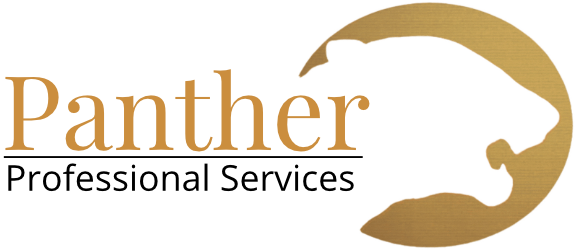Data analysis is a crucial tool for the success of any business in today’s data-driven world. Experts predict that the data visualization market will grow to $19.2 billion by 2027.
You’re going to cross paths with this tool for your dissertation and later in your career. That’s why you should familiarize yourself with the five major methods of analyzing data.
Text Analysis
This is also known as data mining. Databases and data mining tools help uncover patterns in large datasets. They take raw data and transforms it into useful information. This information is then used to make strategic decisions or produce results that support a hypothesis.
Statistical Analysis
Statistical analysis is used in both qualitative and quantitative studies. It includes collecting, understanding, interpreting, presenting, and modeling data. It has two main categories.
Descriptive Analysis
Descriptive statistics provide a quick summary of a complete dataset or numerical sample of a larger dataset—such as monthly sales reports, marketing campaign results, website hits, etc. It gives you the mean and standard deviation for continuous data. For categorical (discrete) data, it shows percentage and frequency.
Inferential Analysis
It uses a sample from a larger, complete dataset to infer a conclusion. Different samples can be used from the same dataset to get various findings. These may or may not differ from each other.
Diagnostic Analysis
The insights from statistical analysis show what happened. Diagnostic analysis answers the next question: why it happened. It helps identify a pattern of behavior in the data. Behavior patterns are helpful when you’re trying to solve a problem. You can follow a similar pattern to get to its root.
Similarly, you prevent future problems by looking out for patterns that led to a problem earlier. This also applies to finding causes or issues to support and understand your hypothesis.
Predictive Analysis
This method tells you what will happen—how well a product will sell, who is most likely to consume it, and which marketing tactics will be most effective. It uses the current or past data you have to make future predictions. These forecasts are only estimates, though. Their accuracy depends on the level of detail that went into collecting the data.
Prescriptive Analysis
For every hypothesis or problem, the purpose is usually to prescribe a solution. Prescriptive analysis gathers the insights of previous analysis methods to tell you how you can do better. Experts say that this method is the future of data analysis, quite literally.
You will be having a recommendations and solutions section in your dissertation. However, descriptive and predictive methods cannot improve the performance of data. This is where prescriptive analysis comes. It determines what could have been done, or can be done, for a more favorable outcome from the data at hand.
Understanding and using these techniques may seem overwhelming, but don’t worry. Our PhD thesis and dissertation editing services have led many doctoral candidates towards success. Reach out to us to connect with a statistical coach or submit a document to get started right away!

0 Comments